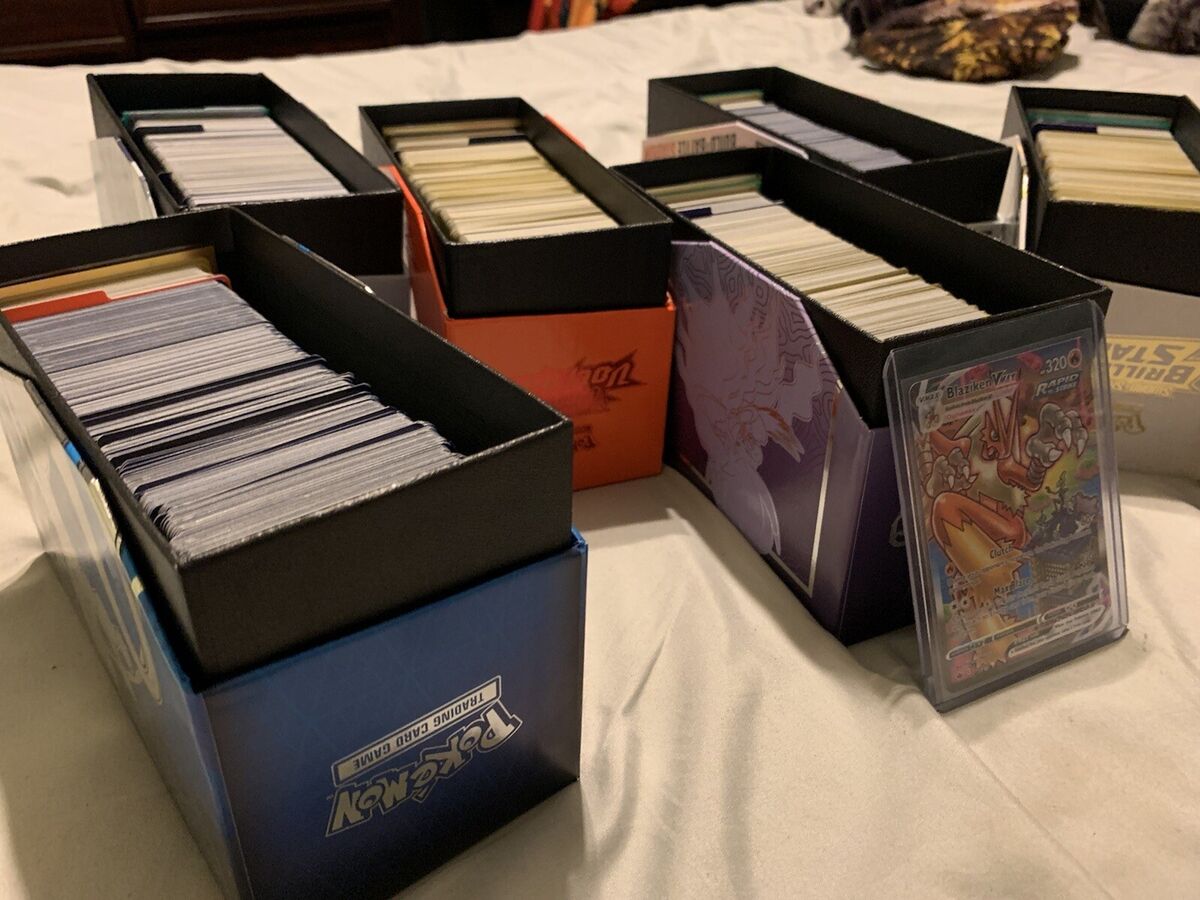

Articles
How To Store Bulk Pokemon Cards
Modified: January 18, 2024
Learn helpful tips and tricks for storing your bulk Pokemon cards with our informative articles. Keep your collection organized and protected with our expert advice.
(Many of the links in this article redirect to a specific reviewed product. Your purchase of these products through affiliate links helps to generate commission for Storables.com, at no extra cost. Learn more)
Introduction
Whether you’re a long-time collector or a casual fan, storing bulk Pokémon cards can be a daunting task. With hundreds, or even thousands, of cards in your collection, it’s important to have a storage solution that keeps them organized, protected, and easily accessible. In this article, we will guide you through the steps to store your bulk Pokémon cards effectively and efficiently.
Before you embark on the storage process, it’s essential to consider several factors. First, you need to choose the right storage solution that suits the size of your collection and your personal preferences. Next, sorting and organizing the cards will make it easier to find specific cards and create a streamlined system. Using card sleeves and binders will help protect the cards from damage and provide a convenient way to display them. Labeling and categorizing the collection will ensure that you can quickly locate specific cards based on type, rarity, or set. Storing the cards in a secure location will give you peace of mind, knowing that your valuable collection is safe. Protecting the cards from dust and moisture is essential to maintain their condition. Lastly, implementing regular maintenance routines will help keep your collection in top shape.
Now, let’s delve into each step in detail and learn how to store your bulk Pokémon cards like a pro…
Key Takeaways:
- Choose the right storage solution, sort and organize your Pokémon cards by set, type, and rarity, and use card sleeves and binders to protect and display your collection effectively.
- Label and categorize your collection, store your Pokémon cards in a secure location away from dust and moisture, and maintain them with regular cleaning and responsible sharing to ensure their longevity and value.
Read more: How To Store Pokemon Cards
Step 1: Choosing the Right Storage Solution
When it comes to storing bulk Pokémon cards, having the right storage solution is crucial. There are several options available, each with its own advantages and considerations.
One popular choice is to use card storage boxes. These boxes come in various sizes and can hold hundreds, if not thousands, of cards. Make sure to choose a sturdy box made of acid-free material to protect your cards from damage over time. Additionally, look for boxes with tight-fitting lids to keep dust and moisture out.
If you prefer a more visually appealing option, consider using card storage binders. These binders feature clear plastic pockets where you can slide your cards into individual sleeves for protection. Binders allow for easy flipping through the pages to view your collection, and they come in different sizes to accommodate various card quantities.
Another alternative is to use storage containers designed specifically for trading card games, such as ultra-pro storage boxes. These containers often have partitions or dividers that can help you separate and organize your collection based on sets, types, or rarities. The clear design allows for easy visibility of your cards.
For collectors with limited space or those on the go, a card carrying case or card album may be the ideal choice. These portable options offer compact storage and often come with additional features like carrying handles or shoulder straps.
Ultimately, the right storage solution for you will depend on factors such as the size of your collection, your storage preferences, and your budget. It’s always a good idea to consider future expansion when selecting a storage solution to accommodate your growing collection.
Once you’ve chosen the appropriate storage solution, it’s time to move on to the next step: sorting and organizing your Pokémon cards.
Step 2: Sorting and Organizing the Cards
Now that you have chosen the right storage solution for your Pokémon card collection, it’s time to tackle the task of sorting and organizing your cards. This step is crucial to maintain a well-structured collection and make it easier to locate specific cards.
The first step in sorting is to separate your cards by their respective sets. Pokémon cards are released in different sets, each with its own unique artwork and card designs. Sorting them by sets will help you identify duplicates and complete your collection more efficiently.
After separating the cards into sets, you can further organize them by type, such as fire, water, electric, etc. Sorting by type allows for a quick identification of cards during gameplay or when building themed decks.
If you have a large collection, consider using dividers or index tabs within your storage solution to create sections for each set or card type. This will make it easier to browse through your cards and find what you need without unnecessary shuffling or searching.
Additionally, many collectors prefer to organize their cards by rarity. Pokémon cards come in different levels of rarity, including common, uncommon, rare, and ultra-rare. Sorting them by rarity can help you identify valuable cards and showcase them more prominently.
Another helpful approach to organizing Pokémon cards is to arrange them in numerical order within each set. Each card is assigned a number, and sorting them accordingly can be beneficial for collectors who like to have a complete and orderly collection.
Remember to keep duplicates separate from your main collection. Duplicates can be stored separately and used for trading or deck-building purposes. Keep them in a designated section or in card storage pages specifically designed for duplicates.
As you sort and organize your Pokémon cards, it’s important to make a record of your collection. You can create a digital or physical inventory that includes the set, type, rarity, and any other relevant information. This inventory will help you keep track of your collection, identify missing cards, and provide an accurate overview of your Pokémon card library.
By taking the time to sort and organize your cards, you’ll be able to navigate through your collection with ease and enjoy the benefits of a well-structured Pokémon card storage system. Now, let’s move on to the next step: using card sleeves and binders to protect your cards from damage.
Step 3: Using Card Sleeves and Binders
Once you have sorted and organized your Pokémon cards, it’s time to protect them from potential damage and showcase them in a visually appealing way. This is where card sleeves and binders come into play.
Card sleeves are transparent plastic coverings that fit over individual cards. They provide a layer of protection against fingerprints, scratches, and other potential damages. It’s highly recommended to use card sleeves for each card in your collection, especially for rare or valuable cards.
When selecting card sleeves, make sure to choose those specifically designed for trading cards. They should be made from acid-free and PVC-free material to prevent damage to your cards over time. Sleeves that have a UV protection coating can be an excellent choice for added preservation.
There are various sizes of card sleeves available to accommodate different types of Pokémon cards. Standard-size sleeves fit most regular-sized Pokémon cards, while oversize sleeves are ideal for cards with larger dimensions, such as jumbo or promo cards. Double-sleeving, which involves placing a card sleeve within another, can provide extra protection for particularly valuable or sentimental cards.
Once your cards are securely sleeved, it’s time to store them in binders. Binders are an excellent way to organize and display your collection. Look for binders specifically designed for trading cards, as they usually have durable covers, reinforced rings, and clear plastic pockets to hold the sleeved cards.
Consider using binders with spine labels or tabs for easy identification and quick access to different sections of your collection. You can arrange your cards by set or type, or create customized sections based on your preferences.
When inserting the sleeved cards into the binder pockets, make sure to slide them in carefully to avoid damaging the sleeves or bending the cards. It’s also recommended to avoid overstuffing the pockets to prevent any unnecessary pressure on the cards.
Using card sleeves and binders not only protects your Pokémon cards but also allows you to showcase your collection to friends and fellow collectors. You can flip through the pages of your binder and admire the artwork of your favorite Pokémon or show off your prized cards during trading sessions.
Now that your cards are safely sleeved and stored in binders, let’s move on to the next step: labeling and categorizing your Pokémon card collection.
Step 4: Labeling and Categorizing the Collection
Labeling and categorizing your Pokémon card collection is essential for easy access and efficient organization. By properly labeling and categorizing your cards, you can quickly find specific cards based on sets, types, rarities, or any other criteria that are important to you.
The first step is to label your storage solution. Whether you’re using card storage boxes or binders, adding labels can make it easier to locate specific sections or sets within your collection. You can use adhesive labels or write directly on the storage containers using a permanent marker. Make sure to label the containers clearly and in a way that suits your organization system.
Next, consider categorizing your cards based on set, type, or rarity. If you have chosen to use dividers or index tabs within your storage solution, labeling them can make it even more convenient to navigate through your collection. For example, you can label sections with the name of each Pokémon set or the type of Pokémon cards contained within.
In addition to labeling the storage containers and dividers, consider creating an inventory or index for your collection. This can be done digitally using spreadsheets or inventory apps, or you can create a physical index using index cards or a notebook. The inventory should include information such as card name, set, number, type, rarity, and any other details you find relevant.
By labeling your storage solution and creating an inventory, you ensure that your collection remains organized even as it grows. It also makes it easier to track missing cards or update your collection as new sets are released.
Another way to categorize and label your Pokémon cards is by creating a system of identification within the card sleeves. You can use adhesive labels or small stickers to mark each card with a specific code or symbol that corresponds to its category or set. This method allows for quick visual identification of cards while they are still stored in the sleeves.
Remember to consider your personal preferences and the needs of your collection when choosing how to label and categorize. Experiment with different methods and find a system that works best for you.
Now that you have labeled and categorized your collection, it’s time to move on to step 5: storing your Pokémon cards in a secure location.
Read more: How To Store Coins In Bulk
Step 5: Storing in a Secure Location
Once you have organized and labeled your Pokémon card collection, it’s crucial to store it in a secure location to protect it from potential damage, theft, or loss. Choosing the right storage location ensures the longevity of your collection and provides you with peace of mind.
Consider the following factors when selecting a secure location for your Pokémon cards:
1. Temperature and humidity:
Avoid storing your cards in areas with extreme temperature fluctuations or high humidity, as these conditions can cause damage to the cards. Optimal storage conditions include cool, dry environments to prevent warping, discoloration, or mold growth.
2. Light exposure:
Prolonged exposure to direct sunlight can fade the colors and damage the artwork of your cards. Choose a storage location that is away from windows or use blinds or curtains to block out direct sunlight.
3. Accessibility:
While it’s important to keep your collection secure, make sure it is still easily accessible to you. Consider your frequency of card usage and how often you want to view or update your collection. Strike a balance between security and convenience.
Read more: How To Store Cards
4. Lockable storage:
If you have particularly valuable or rare Pokémon cards, you may want to invest in a lockable storage solution for added security. Lockable card storage boxes or cabinets offer an extra layer of protection and restrict access to your collection.
5. Hidden or inconspicuous location:
If you’re concerned about the visibility of your card collection, choose a storage location that is hidden or inconspicuous. This can be a closet, a secure drawer, or a dedicated card storage room, depending on the size of your collection.
6. Consider insurance:
If your Pokémon card collection holds significant financial or sentimental value, it’s worth exploring the option of obtaining insurance coverage for it. Insurance can provide financial protection in the event of damage, loss, or theft.
Remember to regularly check your storage location for any signs of damage, pests, or environmental changes. Taking proactive measures to maintain the security and condition of your Pokémon card collection ensures its longevity and longevity.
Now that your collection is securely stored, it’s time to move on to step 6: protecting your Pokémon cards from dust and moisture.
Step 6: Protecting from Dust and Moisture
Dust and moisture are two common enemies that can damage your Pokémon card collection. To ensure the longevity and preservation of your cards, it’s essential to take precautions to protect them from these elements.
Read more: How To Store Bulk Spices
Protecting from dust:
Dust can accumulate on your Pokémon cards over time, leading to a buildup that not only affects their appearance but can also lead to scratches or smudges. Here are a few ways to prevent dust from settling on your cards:
- Store your cards in a sealed or lidded storage solution to minimize exposure to dust.
- Regularly clean and dust the area where your card collection is stored, reducing the chance of dust settling on the cards.
- Use air purifiers or dust covers to further minimize dust particles in the storage area.
Protecting from moisture:
Moisture can quickly damage your Pokémon cards, causing warping, mold growth, or deterioration of the cardstock. To protect your cards from moisture damage, follow these tips:
- Store your cards in a cool and dry area with stable humidity levels to prevent moisture buildup.
- Avoid storing your collection in basements, attics, or areas prone to moisture, such as near water sources or in humid climates.
- Consider using moisture-absorbing materials, such as silica gel packets, in your storage containers to absorb excess moisture.
- Keep an eye out for any signs of moisture, such as condensation on windows or walls near the storage location. Address any moisture issues promptly.
Additional protective measures:
Consider using card sleeves with sealable tops for additional protection against dust and moisture. These sleeves provide an extra barrier, keeping your cards safe and maintaining their condition.
If you live in an area prone to natural disasters, such as flooding or earthquakes, take extra precautions to safeguard your Pokémon card collection. Consider storing your cards in waterproof containers and have a plan in place for emergency evacuation with your collection if necessary.
By taking these measures to protect your Pokémon cards from dust and moisture, you can ensure their longevity and maintain their value. Now, let’s move on to step 7: maintaining your Pokémon card collection.
Step 7: Maintaining the Collection
Maintaining your Pokémon card collection is essential to preserve its value and condition over time. Regular care and attention will help ensure that your cards remain in excellent shape and continue to bring enjoyment for years to come.
Read more: How To Store Bulk Sugar
1. Regular cleaning:
Periodically clean your Pokémon cards using a soft, dry cloth or an anti-static brush. Gently wipe the surface of each card to remove any fingerprints, dust, or debris. Avoid using liquid cleaners or abrasive materials, as they can damage the cards.
2. Handling with care:
When handling your Pokémon cards, it’s important to do so with clean hands and handle them by the edges or corners to minimize contact with the card’s surface. Oils, dirt, or moisture from your hands can transfer onto the cards and cause damage over time.
3. Avoid excessive shuffling:
While shuffling cards is an integral part of gameplay, excessive shuffling can lead to wear and tear. Consider using card sleeves or utilizing a shuffling technique that minimizes friction and pressure on the cards.
4. Store away from direct light:
Continually exposure to direct light can fade the colors of your Pokémon cards. Store your collection in a location away from direct sunlight or use UV-protective sleeves or storage containers to further safeguard against light damage.
Read more: How To Store Bulk Grains
5. Maintain organization:
Regularly review and update the organization of your collection. Check for any cards that may need re-sleeving or reorganizing. By keeping your collection well-organized, you’ll be able to locate specific cards quickly and maintain a visually appealing display.
6. Stay informed about card care:
Keep up to date with best practices and recommendations for card care. Join online forums, read collector’s guides, or follow trusted sources to stay informed on new techniques or products that can help preserve your Pokémon card collection.
7. Share your collection responsibly:
If you choose to show off or share your Pokémon card collection with others, make sure to handle the cards with care and provide a clean and safe environment. Educate others on the proper handling and care of the cards to prevent any accidental damage.
By implementing these maintenance practices, you’ll ensure the longevity and quality of your Pokémon card collection. Regular care and attention will help preserve its condition and value, allowing you to continue enjoying and sharing your passion for Pokémon cards.
With the completion of step 7, you have successfully learned how to store and maintain your bulk Pokémon card collection. By following these steps, you can protect your investment and enjoy your collection for years to come.
Enjoy your Pokémon card collecting journey!
Conclusion
Storing and maintaining your bulk Pokémon card collection is essential to preserve its value and ensure its longevity. By following the steps outlined in this guide, you can organize your cards effectively, protect them from damage, and enjoy your collection for years to come.
Choosing the right storage solution is the first step. Whether you opt for card storage boxes, binders, or other containers, ensure they are made of sturdy, acid-free material to protect your cards. Sorting and organizing your cards by set, type, rarity, or other categories will make it easier to locate specific cards and maintain a streamlined collection.
Using card sleeves and binders provides an additional layer of protection and allows for convenient display and viewing of your cards. Make sure to invest in quality sleeves made from acid-free material and utilize binders designed specifically for trading cards.
Labeling and categorizing your collection helps you easily identify and access your cards. Keep inventory records and utilize identification systems within the card sleeves to further enhance organization and retrieval.
Storing your collection in a secure location protects it from dust, moisture, and potential damage. Choose a cool, dry location away from direct sunlight, and consider lockable storage solutions for added security.
Protecting your Pokémon cards from dust and moisture is crucial. Utilize dust covers, regular cleaning, and proper storage techniques to maintain their condition. Be mindful of temperature and humidity levels to prevent warping and damage.
Maintaining your collection involves regular care, handling with clean hands, avoiding excessive shuffling, and staying informed about card care best practices. Stay organized, review your collection periodically, and share your cards responsibly to prevent any accidental damage.
By following these steps and incorporating them into your Pokémon card collection routine, you can ensure the long-term preservation of your cards and continue to enjoy the magic and excitement of the Pokémon world.
Now, it’s time to embark on your journey of storing and maintaining your bulk Pokémon card collection. Enjoy every moment of your collecting adventure!
Frequently Asked Questions about How To Store Bulk Pokemon Cards
Was this page helpful?
At Storables.com, we guarantee accurate and reliable information. Our content, validated by Expert Board Contributors, is crafted following stringent Editorial Policies. We're committed to providing you with well-researched, expert-backed insights for all your informational needs.
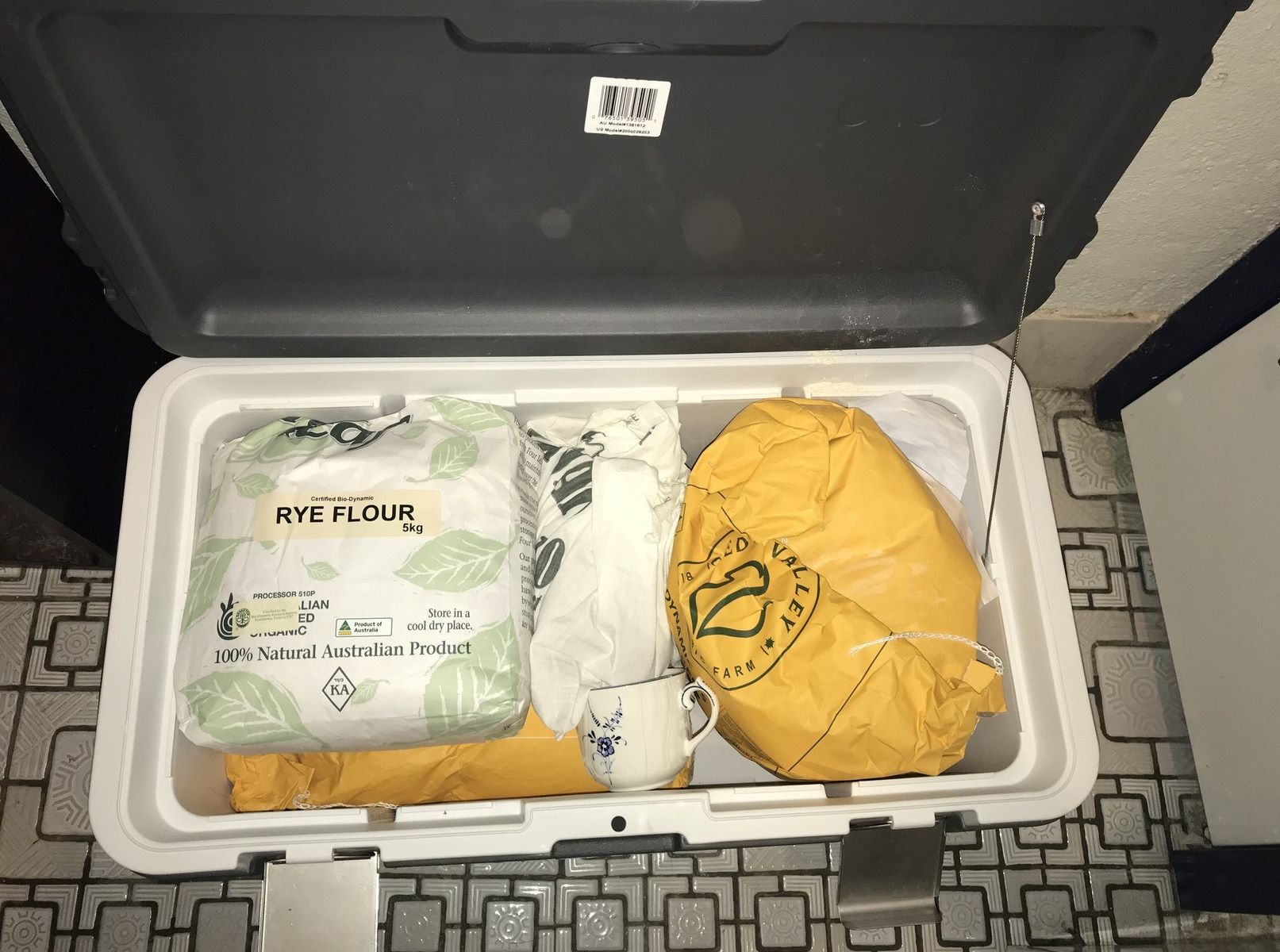
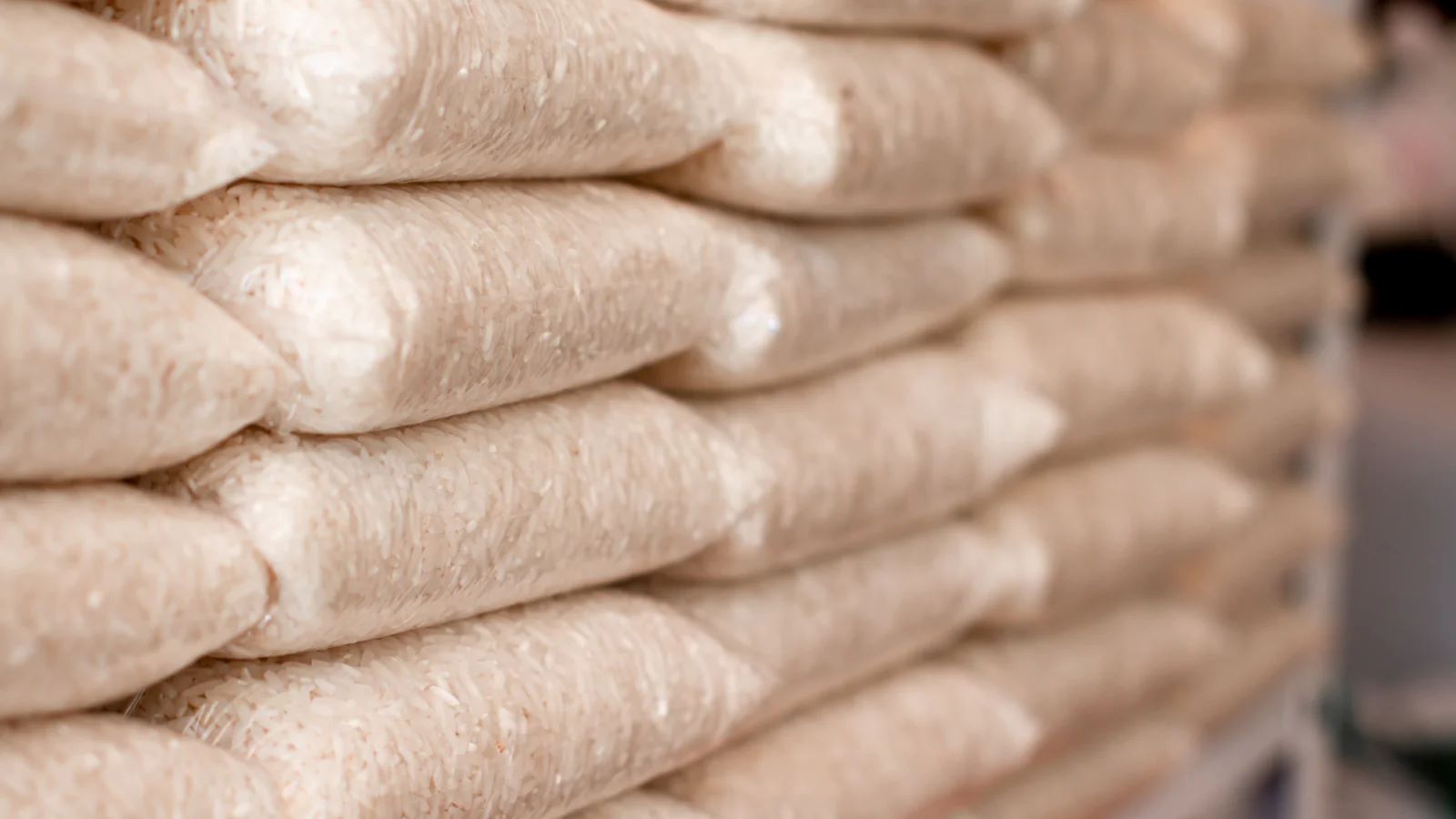
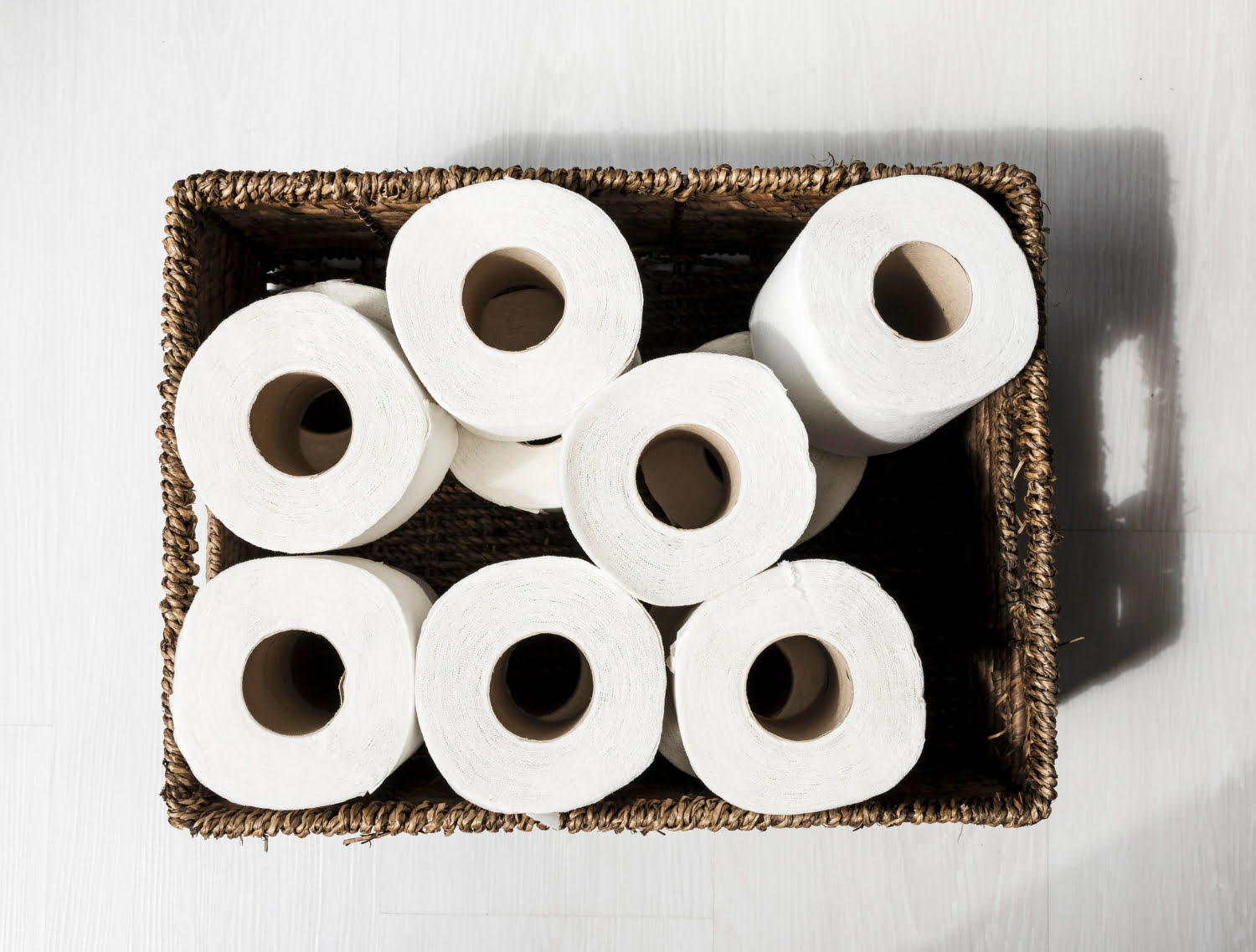
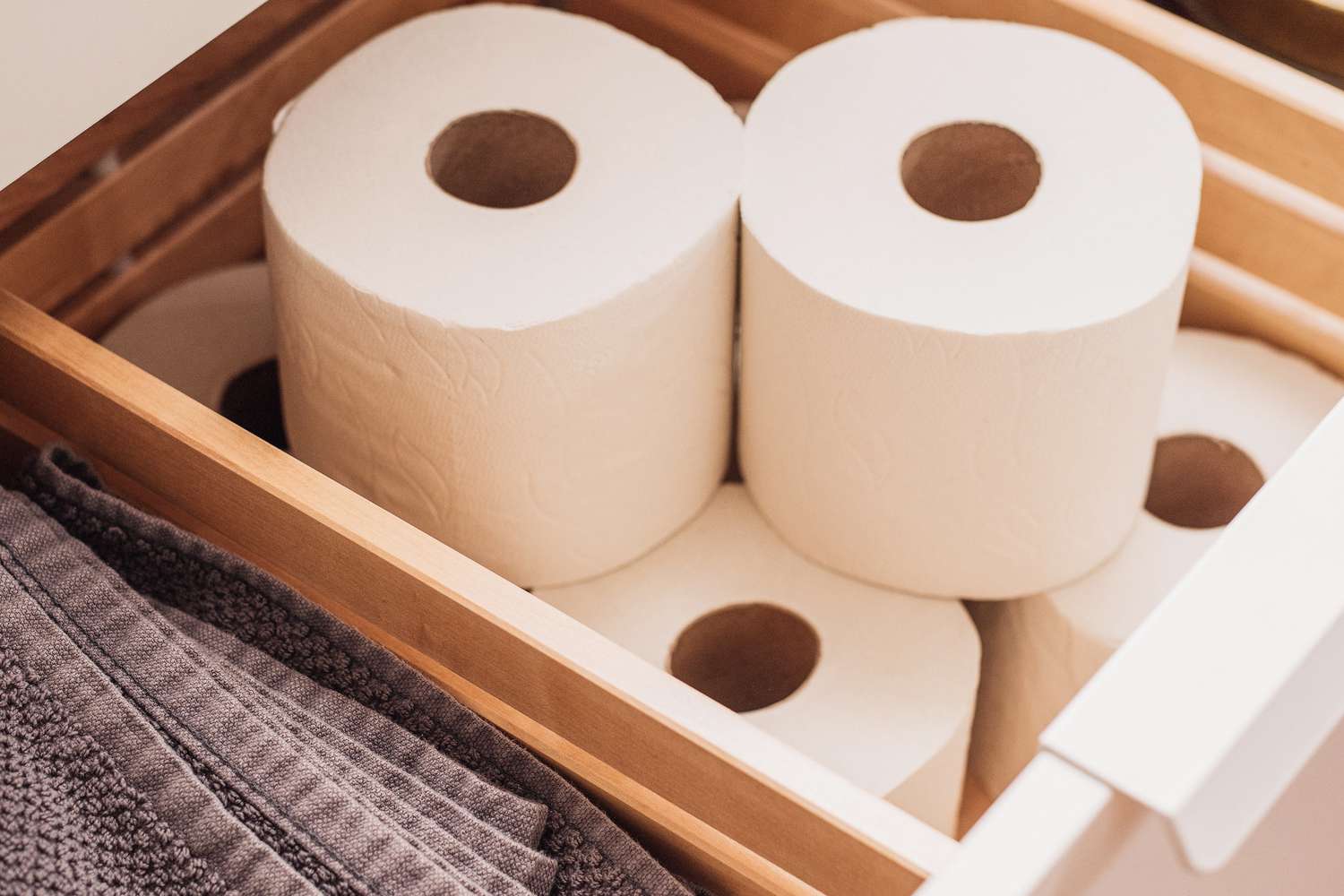
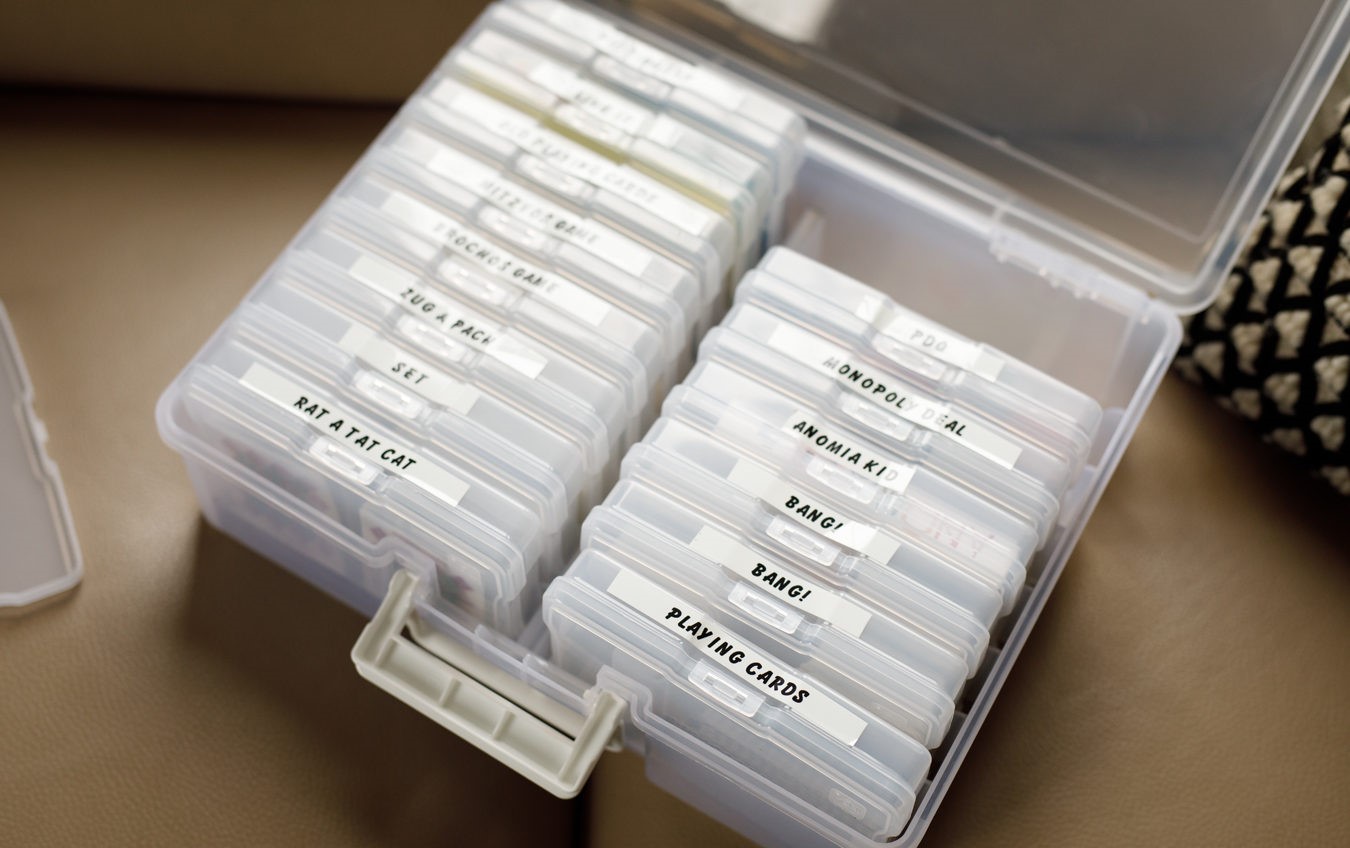
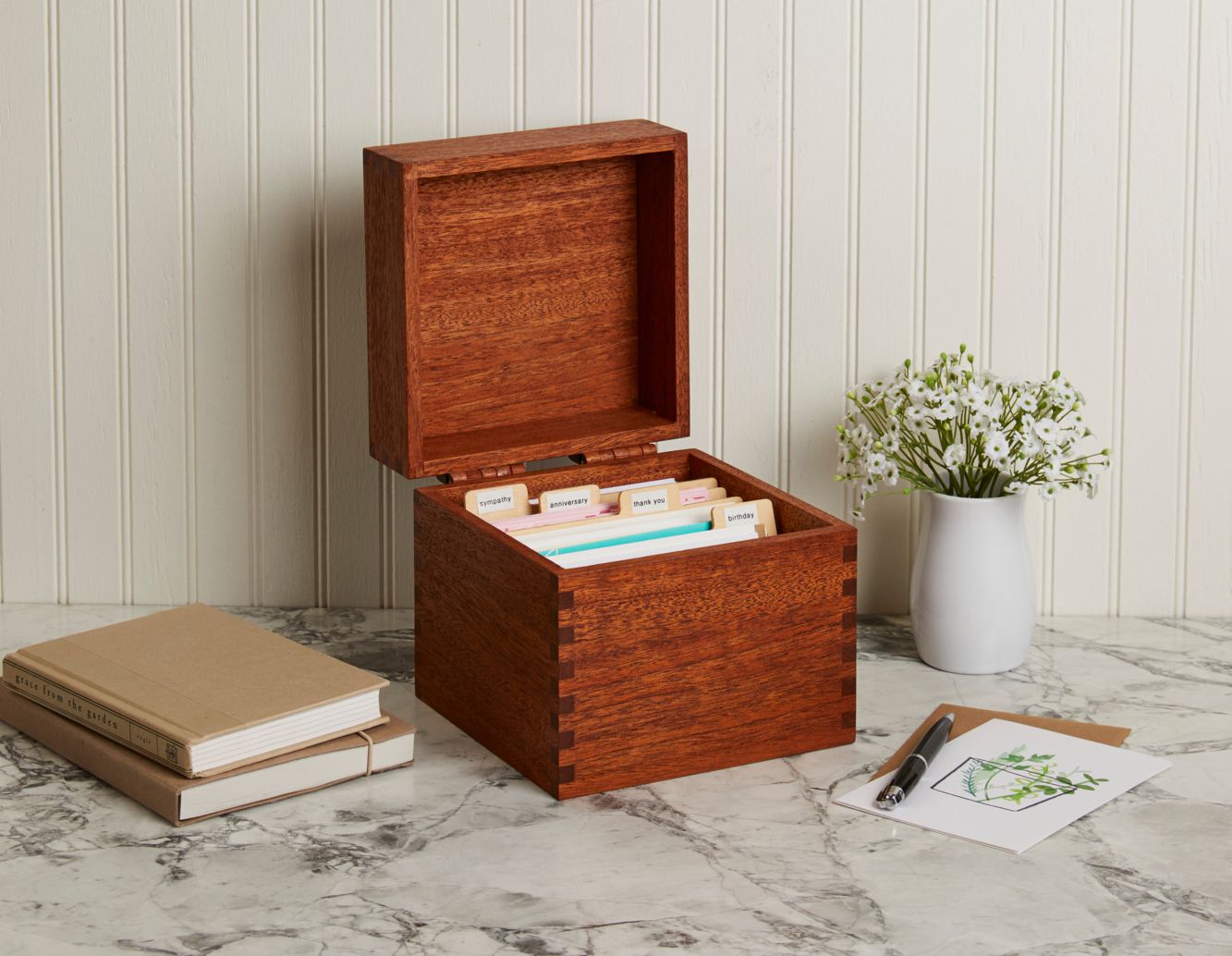

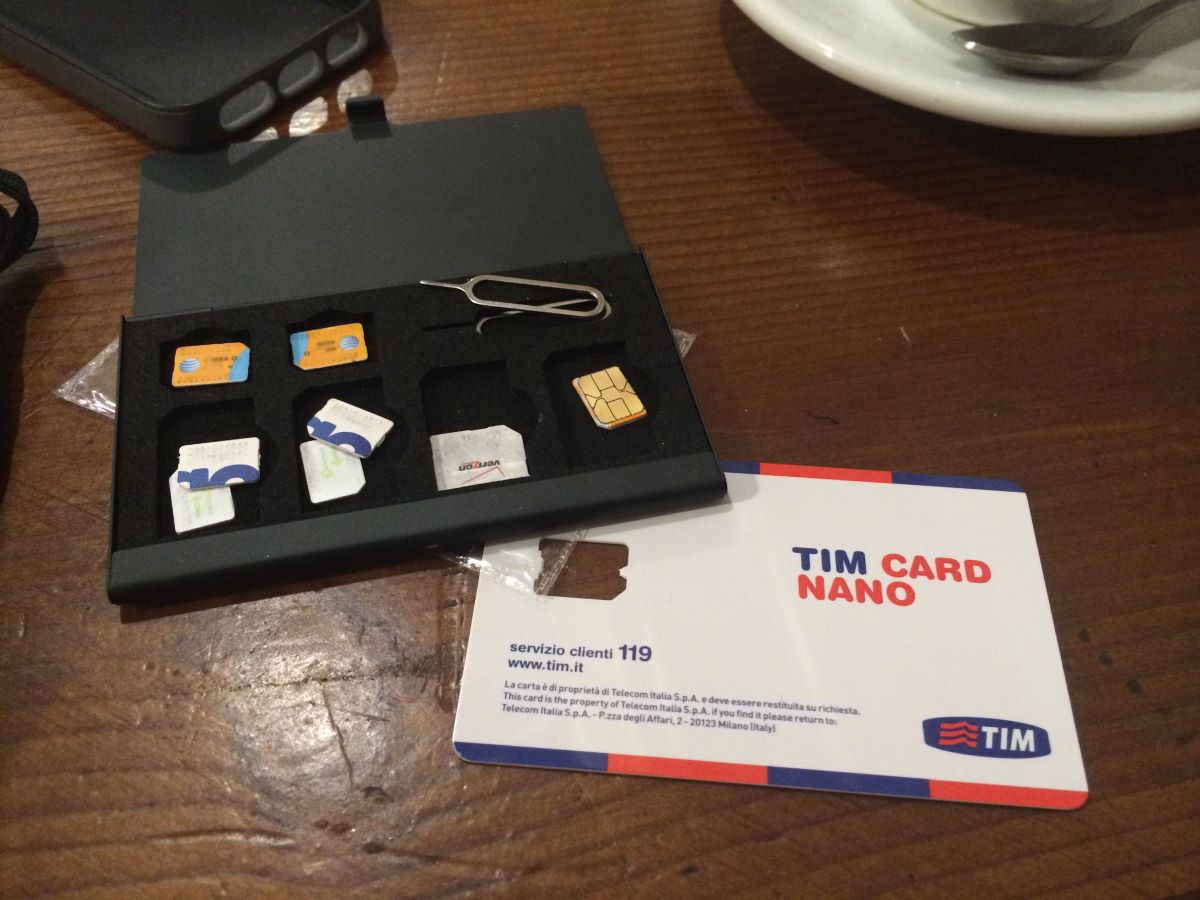
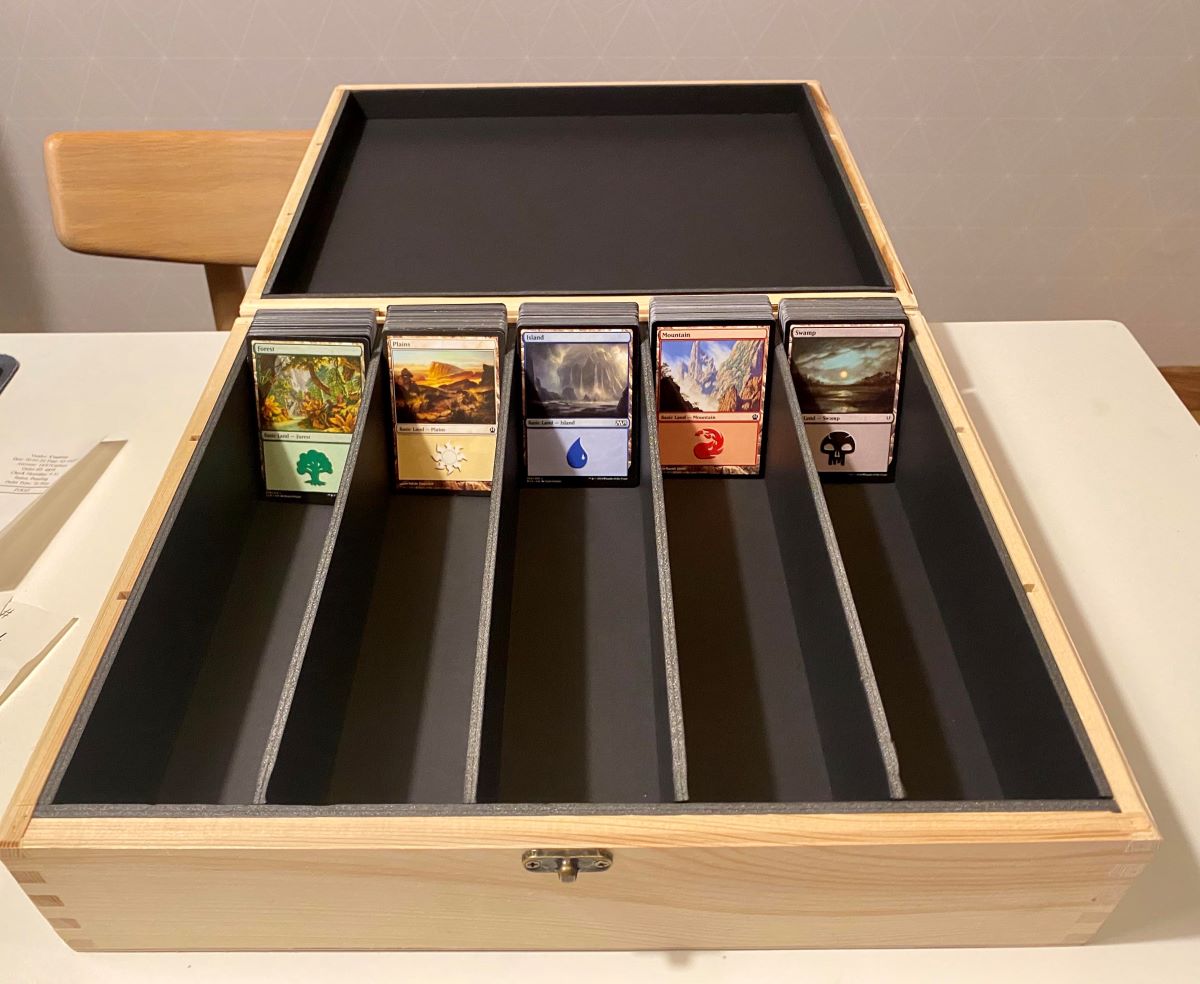
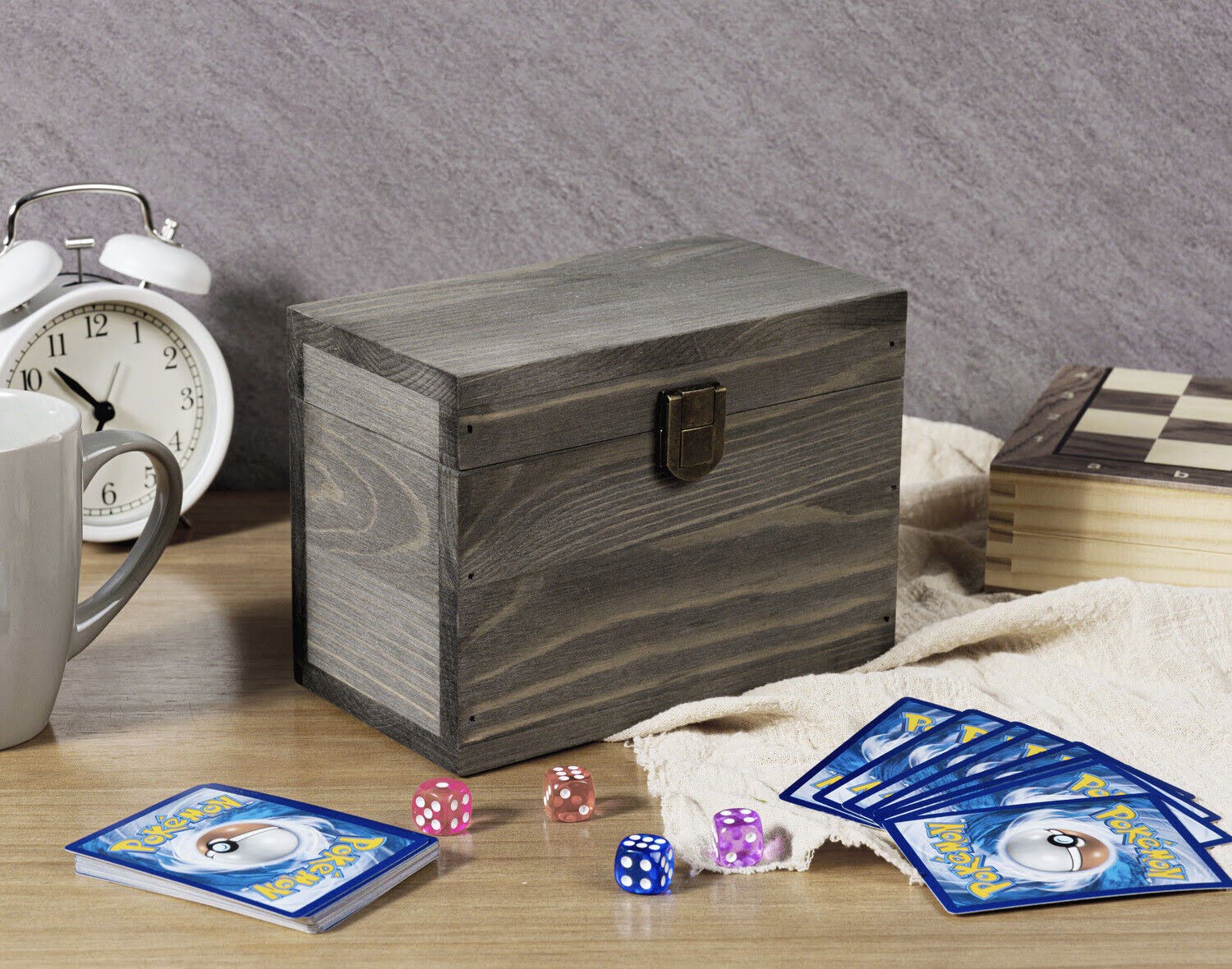

0 thoughts on “How To Store Bulk Pokemon Cards”